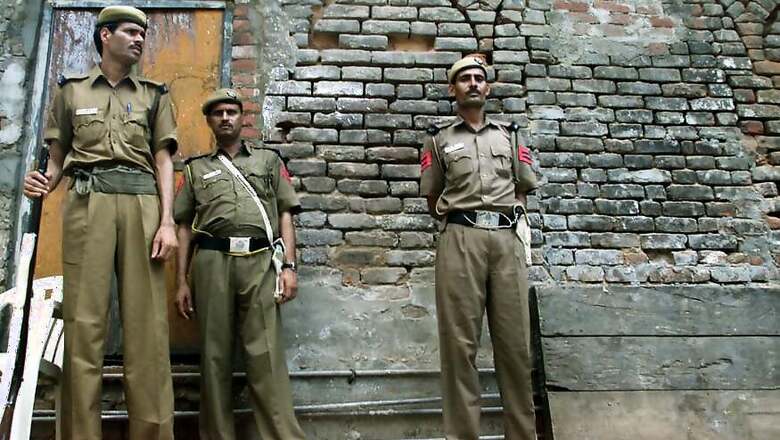
views
A 30-year-old constable lost his life to dengue at a hospital in Bareilly district of Uttar Pradesh on Sunday. The deceased, Manoj Kumar, was posted in Rudrapur. He was cremated with honours near his residence in Lalpur village at Kiccha Road.
The number of dengue cases has grown dramatically around the world in recent years with the actual number of dengue cases often under-reported as many cases are mis-classified, says WHO. A mosquito-borne viral disease, dengue is transmitted through the bite of the female Aedes aegypti mosquito and to a lesser extent the Aedes albopictus mosquito. The same mosquito also transmits mosquito-borne diseases like chikungunya, yellow fever and Zika infection. It is a disease that is widespread throughout the tropics.
Speaking to Times of India, Uddham Singh Nagar senior SSP Barinderjit Singh said that the constable had been suffering from the vector-borne disease for the last 10 days.
Health department data cited by the report says that more than 700 people have been diagnosed with dengue fever in the district so far.
However, according to locals, dengue fever has turned into an epidemic this year with more than 20,000 patients being administered in the private hospitals of Rudrapur alone.
Earlier last week it was revealed that Uttar Pradesh has seen a sudden increase in the number of dengue cases because of incessant rainfall and seasonal changes. Bareilly distric in Uttar Pradesh itself reported 12 new cases over the last one week. The total number of cases has reached 74 in the district alone as of last week, TOI had revealed.
First recognised in the 1950s during the dengue epidemics in the Philippines and Thailand, dengue is casued by a virus of the Flaviviridae family and has 4 distinct, but closely related serotypes. Recovery from infection by one provides lifelong immunity against that particular serotype but cross-immunity to other serotypes is partial and temporary.















Comments
0 comment